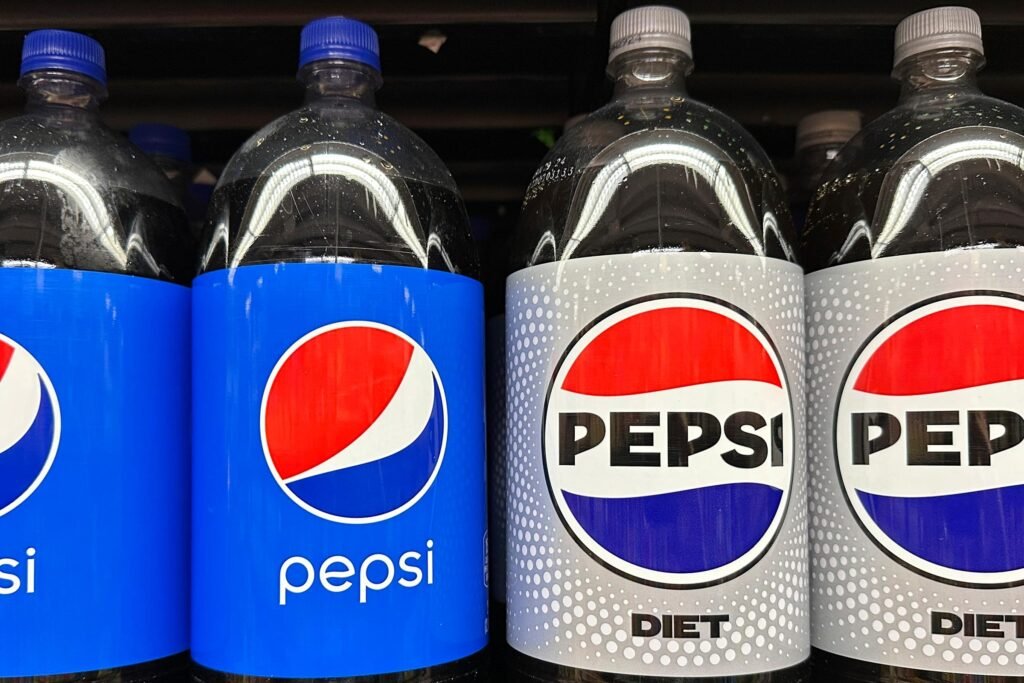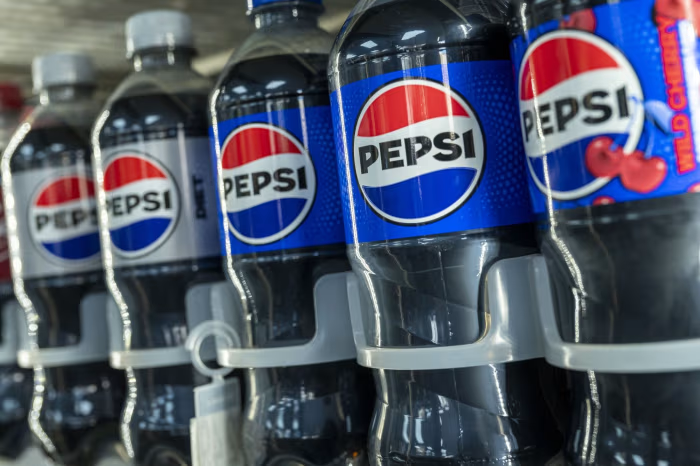PepsiCo revenue rises globally once again, proving its resilience and strategic depth, even as its home market in North America experiences a decline in product volumes. In its latest quarterly earnings report, the multinational food and beverage giant posted higher-than-expected revenue, surprising many analysts. While North American demand for soda and snacks dipped, gains in international markets and price increases helped push overall revenue higher.
This article explores how PepsiCo managed to grow revenue despite volume declines in its biggest market, what strategies contributed to the growth, and what this means for the company’s future.
Strong Global Performance Offsets North America Weakness
PepsiCo’s earnings report showed a clear trend: international markets are playing a bigger role in the company’s revenue generation. In Latin America, Asia, and parts of Europe, both beverage and snack categories posted solid growth. These gains offset volume declines in the North American region, which includes the U.S. and Canada.
North America has historically been PepsiCo’s most important market, but the company is now seeing faster growth abroad. Higher prices and increased demand for healthier products have helped fuel this expansion.
Key Stats from the Latest Earnings Report:
- Total revenue rose by 4.2% year-over-year
- International markets saw high-single-digit revenue growth
- North American beverage volumes fell by 3%
- Snack volumes in North America fell by 2.5%
- Net income rose slightly, aided by cost-cutting
PepsiCo Revenue Rises: The Role of Price Increases
One of the most significant contributors to the rising revenue was strategic price hikes. Over the past year, PepsiCo, like many other companies, has increased product prices to manage rising supply chain and ingredient costs. While higher prices usually lead to volume declines, PepsiCo has managed to keep consumers engaged, especially outside North America.
In many international markets, consumers continued to buy despite price increases, leading to strong revenue growth per unit. PepsiCo’s ability to manage this delicate balance has been key to its current success.
“We’re seeing consumers globally still willing to pay for brands they trust,” said Ramon Laguarta, PepsiCo’s Chairman and CEO. “Our pricing strategy, combined with a strong portfolio, is helping us drive top-line growth.”
Why Are North American Volumes Falling?
Despite the good news on revenue, the drop in North American volumes can’t be ignored. There are a few reasons behind this trend:
- Health-conscious consumers: A growing number of consumers are reducing soda and processed snack consumption in favor of healthier options.
- Higher prices: Price-sensitive shoppers in the U.S. and Canada may be cutting back on non-essential purchases due to inflation.
- Increased competition: New beverage and snack brands, especially in the health-focused and organic sectors, are stealing market share.
These challenges are significant but not necessarily permanent. PepsiCo has already begun launching new product lines, such as zero-sugar sodas, protein-based snacks, and plant-based beverages, to win back some of the lost volume.
Diversified Portfolio Is a Major Strength

One of the reasons PepsiCo revenue rises despite regional weaknesses is its diversified product portfolio. The company doesn’t just rely on sodas like Pepsi and Mountain Dew—it owns a wide range of snack and food brands, including:
- Lay’s
- Doritos
- Quaker Oats
- Tropicana
- Gatorade
- Cheetos
This variety allows PepsiCo to pivot quickly based on market trends. For instance, when demand for sugary beverages drops, snack foods or healthy alternatives can make up the difference.
PepsiCo has also invested heavily in product innovation. From oat-based energy drinks to international flavors of Doritos, the company is constantly testing new ideas to appeal to a broader customer base.
Digital Transformation and Supply Chain Optimization
Another reason for PepsiCo’s steady revenue growth is its focus on digital transformation and operational efficiency. Over the last few years, PepsiCo has:
- Enhanced its digital sales channels, including e-commerce and direct-to-consumer offerings.
- Improved logistics and supply chains to reduce delays and costs.
- Adopted AI and data analytics to better predict consumer demand and optimize inventory.
These moves have helped PepsiCo reduce unnecessary expenses while staying responsive to market needs—crucial in today’s fast-moving global economy.
Focus on Sustainability and Healthier Offerings
PepsiCo has made a public commitment to sustainability and offering healthier choices, which also appeals to modern consumers. Its “PepsiCo Positive” (pep+) initiative aims to transform the company’s operations to be more eco-friendly and responsible.
As part of this mission, the company is:
- Reducing sugar and sodium content in many of its products.
- Using more recyclable and compostable packaging.
- Partnering with farmers to adopt regenerative agriculture.
These changes are not just ethical—they’re smart business. Consumers, especially younger ones, are more likely to support brands that share their values.
Investor Response: Mixed but Optimistic
The stock market response to PepsiCo’s earnings report has been generally positive, though tempered by concern over falling U.S. volumes. Still, investors are confident that PepsiCo’s global strategy and brand strength will help it ride out temporary challenges.
“PepsiCo’s ability to grow revenue even when volumes drop shows the strength of their brand and pricing power,” said an analyst at Morningstar. “As long as they continue to innovate and expand internationally, they’ll remain a strong player in the consumer goods sector.”
Future Outlook: What’s Next for PepsiCo?

Looking forward, PepsiCo is expected to continue:
- Focusing on international growth, especially in Asia-Pacific and Latin America.
- Investing in product innovation, especially healthier and functional foods.
- Balancing pricing strategies to maintain margins without losing volume.
- Expanding digital and sustainability initiatives to align with changing consumer behavior.
The company has also announced that it plans to invest further in local production facilities in growing markets, which can help reduce costs and strengthen regional supply chains.
Conclusion: PepsiCo Revenue Rises—A Sign of Smart Strategy
In summary, PepsiCo revenue rises despite lower North American volumes because of its smart strategies, diversified portfolio, global expansion, and pricing power. The drop in U.S. volumes is a concern, but not a crisis. With its strong international presence, digital evolution, and commitment to health and sustainability, PepsiCo is well-positioned for long-term growth.
As global consumer preferences evolve, PepsiCo’s flexibility and global vision will likely continue to drive its success—even in the face of regional downturns.
Read Next – Reckitt Benckiser to Sell Essential Home in $4.8 Billion Deal






